Sacramento, California was founded in 1848 by Samuel Brannan and John Augustus Sutter Jr. around an embarcadero that John Sutter Sr. constructed at the confluence of the American and Sacramento Rivers23.
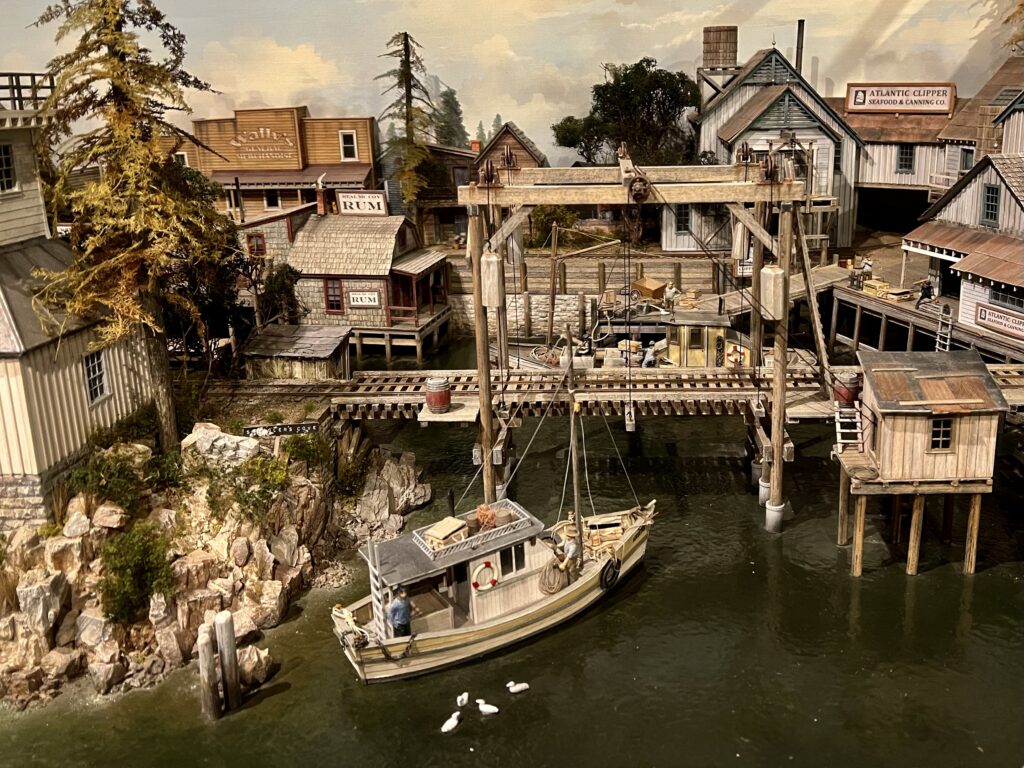
The term “embarcadero” refers to a landing place, typically on an inland waterway, such as a pier, wharf, or waterfront section. In the context of the city of Sacramento, the term “embarcadero” is used to describe the historic waterfront district located along the Sacramento River.
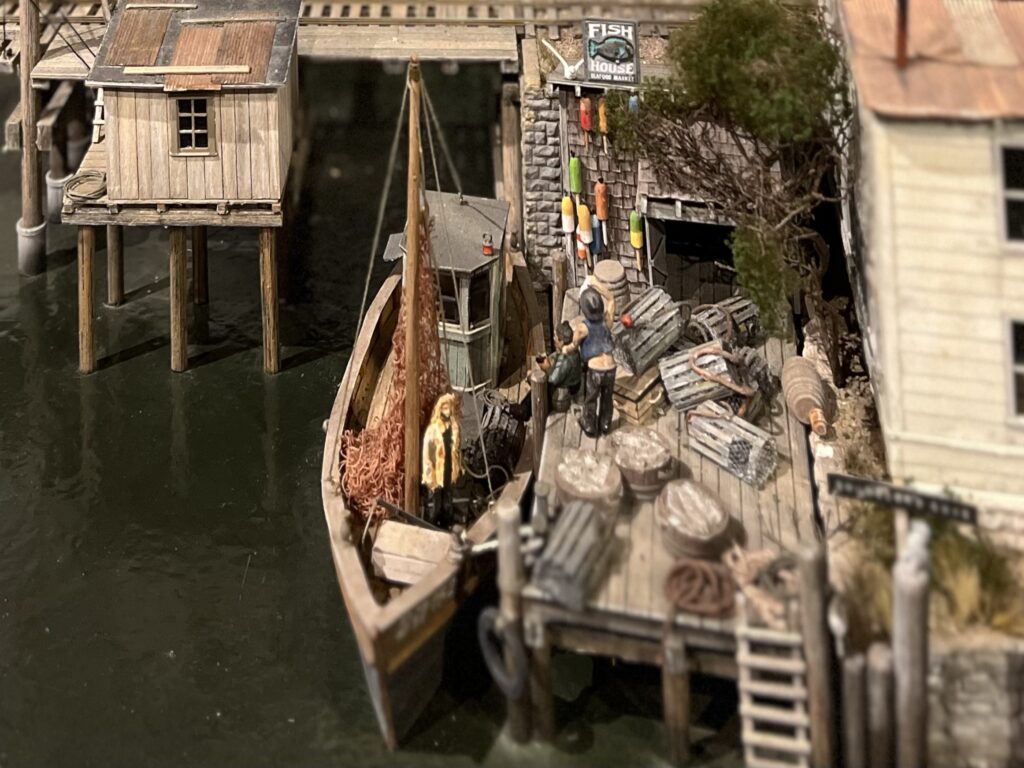
This area was historically a bustling hub for shipping, transportation, and commerce, serving as a vital connection point for the city’s early development and economic activity. Today, the Sacramento Embarcadero is a vibrant district that offers a mix of historical sites, dining establishments, and recreational opportunities, attracting visitors and locals alike to experience the city’s waterfront heritage.
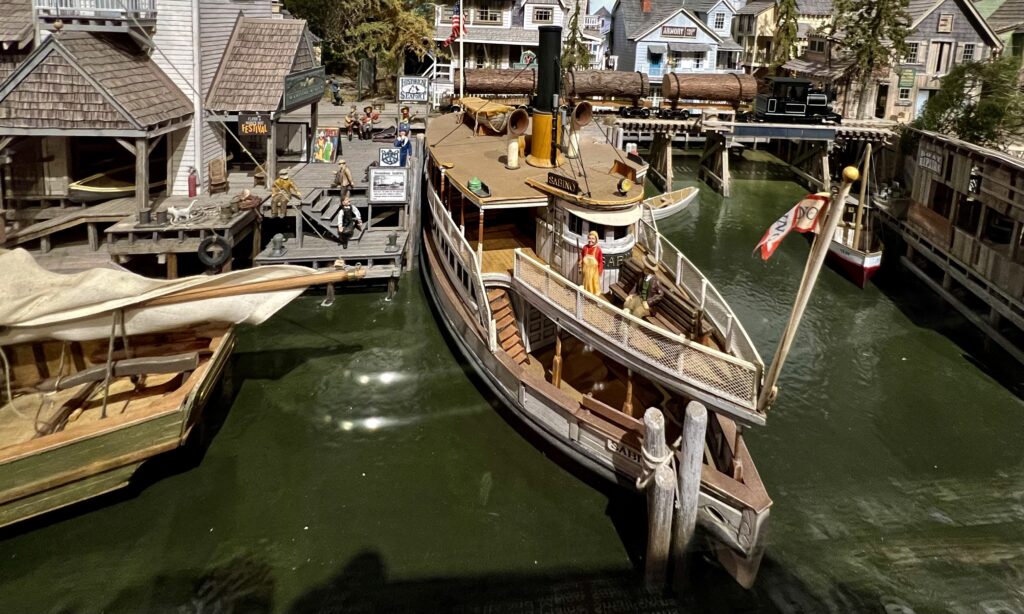
Sacramento became the capital of California in 1854 and is the oldest incorporated city in California346. The city quickly prospered due to its strategic location and became a major distribution and transportation point as the western end for both the Pony Express and the First Transcontinental Railroad34.The Sacramento River is a major feature of the city and played a significant role in its development2. A ship canal was built to Sacramento to improve navigation and transportation on the river2.
The city has a rich history of railroads, with the Central Pacific Railroad being headquartered in Sacramento and the city being a major link between the east and west coasts26.
Major events that take place in Sacramento include the California State Fair, the Sacramento Music Festival, and the Sacramento Jazz Festival2. Cal Expo is a fairground and event venue located in Sacramento2. For boaters, the Sacramento River offers opportunities for recreation and fishing2.
Beer drinkers can visit local breweries such as Track 7 Brewing Company and Bike Dog Brewing Company1. Hikers and bikers can explore the American River Parkway, a 32-mile trail that runs along the American River1.
Birders can visit the Cosumnes River Preserve, a wetland habitat for migratory birds1. Tourists can visit Old Sacramento, a historic district that features museums, shops, and restaurants125. In terms of weather, Sacramento is known for its hot summers, with average high temperatures in July and August reaching the mid-90s Fahrenheit4.
American River
The American River is a 30-mile-long river in California that runs from the Sierra Nevada mountain range to its confluence with the Sacramento River in downtown Sacramento. The river is fed by the melting snowpack of the Sierra Nevada and its many headwaters and tributaries, including the North Fork American River, the Middle Fork American River, and the South Fork American River.
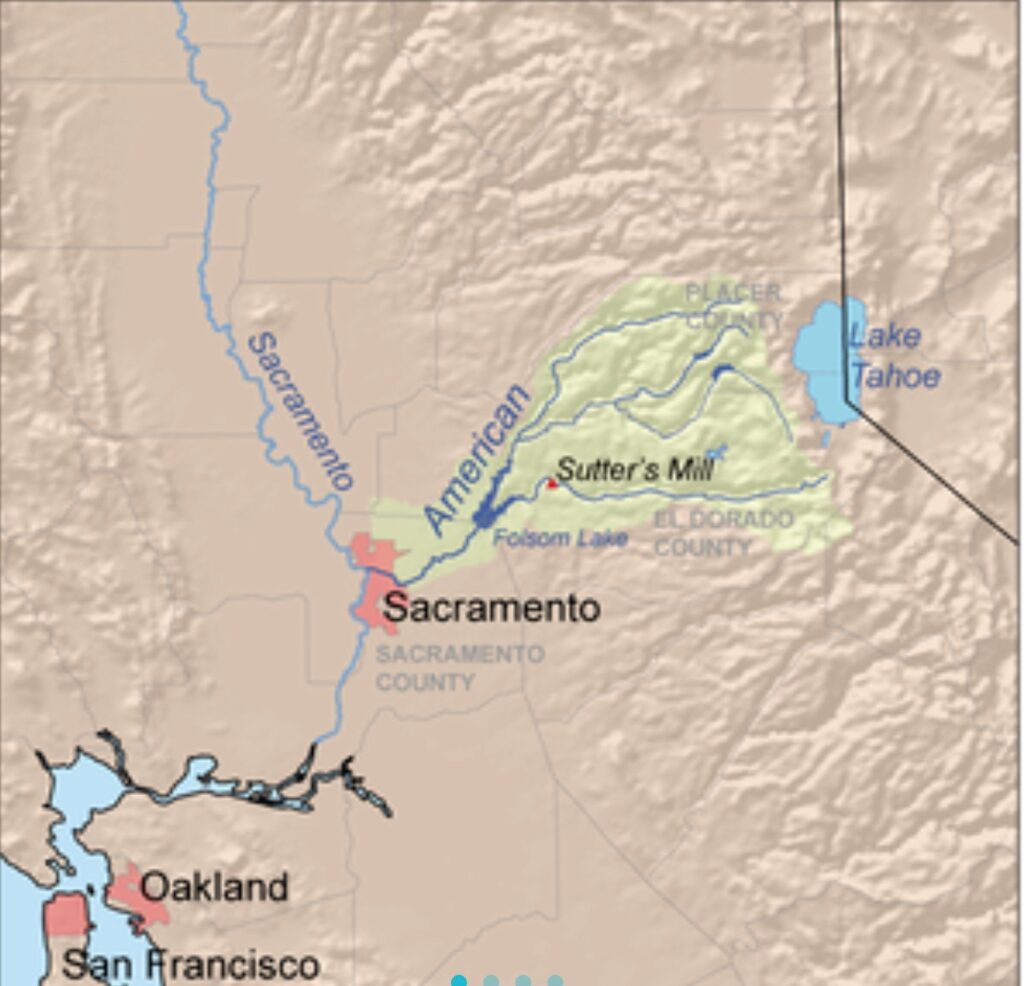
The American River is known for the discovery of gold at Sutter’s Mill in Coloma in 1848 that started the California Gold Rush and contributed to the initial large-scale settlement of California by European immigrants. Today, the river still has high-quality water, and it is the main source of drinking water for Sacramento.
The river is extensively used for irrigation, flood control, and hydroelectric power. The South Fork of the American River is the most friendly and welcoming of the three, with river fun for novices as well as experts and thrill-seekers. More people boat the South Fork than any other river west of the Rockies, and for good reason: trips ranging from half- to two-day, arranged by experienced river guides, and all within a short drive of Sacramento.
The three forks merge into Folsom Reservoir. The main stem of the American River, sometimes referred to as the Lower American, starts just below Folsom Dam and flows through Sacramento’s eastern suburbs before joining the Sacramento River just west of the city center. The American River Parkway borders much of the stretch, providing recreational trails and access.
Jedediah Smith, a prominent figure in the early 19th century, played a significant role in the exploration and mapping of the American West, including the Sacramento Valley. He was a fur trader, explorer, and trailblazer known for his remarkable journeys and contributions to the opening of the American West. Smith was the first American to enter California from the east and return from it using an overland route, marking a pivotal moment in the region’s history2.
In 1827, Smith journeyed to the American River near Sacramento, California, and then crossed the Sierra Nevada and the desert to return to the Great Salt Lake, becoming the first American to return from California on an overland route2. His explorations were significant in opening the American West and included several “firsts,” such as being the first white man to cross what would become the states of Utah and Nevada, the first to enter California by the overland route, and the first to scale the High Sierras5.
Jedediah Smith’s legacy is commemorated through the Jedediah Smith Memorial Trail, also known as the American River Bike Trail, which runs between the confluence of the Sacramento River with the American River, just north of downtown Sacramento, and extends to Folsom. The trail follows the course of the American River and offers a scenic and recreational experience for outdoor enthusiasts, providing a connection to the natural beauty and historical significance of the region3.
Smith’s explorations and contributions rank him as one of the foremost explorers in the nation’s history, and his legacy continues to be celebrated through various monuments, trails, and historical societies dedicated to preserving his history and achievements4.
Sacramento River
The Sacramento River is a major river in Northern California that flows from the Klamath Mountains in the northern part of the state to its confluence with the San Joaquin River in the Sacramento-San Joaquin Delta.
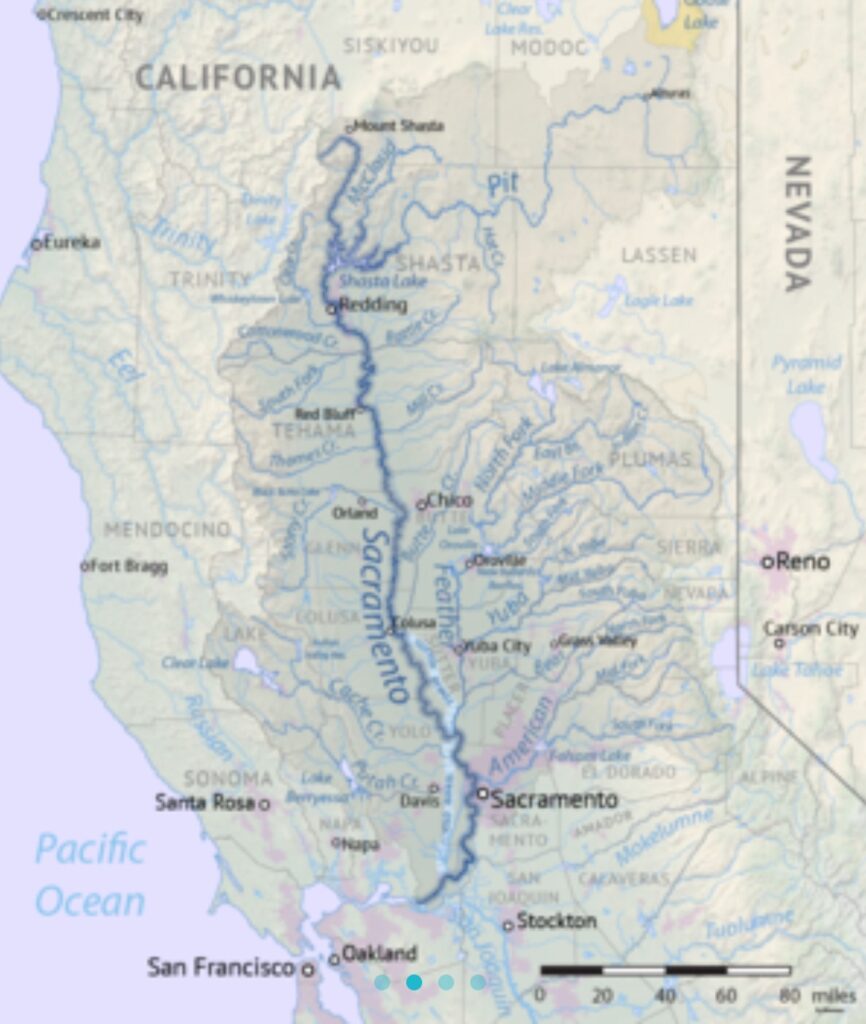
The river is approximately 445 miles long and is a vital waterway for the region, supporting various activities such as boating, fishing, and wildlife habitat.
Navigating the Sacramento River on a motorboat is a popular activity, offering enthusiasts the opportunity to explore the river’s scenic beauty and diverse ecosystems. Boaters can enjoy leisurely cruises, fishing expeditions, and water sports along the river’s course, taking in the picturesque landscapes and abundant wildlife.
The Sacramento River is not typically dredged for navigation purposes, as it naturally accommodates motorboat traffic and other water-based activities. The river’s flow and depth are managed to support recreational and commercial boating, ensuring a safe and enjoyable experience for visitors and locals alike.
The name “Sacramento” is of Spanish origin and translates to “Sacrament” in English. A sacrament is a religious ceremony or ritual, such as a baptism, held to be a means of divine grace or to be a sign or symbol of a spiritual reality2. The city of Sacramento was named after the Sacramento River by Spanish explorer Gabriel Moraga in 18082. The name was chosen to honor the Holy Sacrament of the Eucharist, reflecting the religious and cultural influences of the Spanish explorers in the region2.
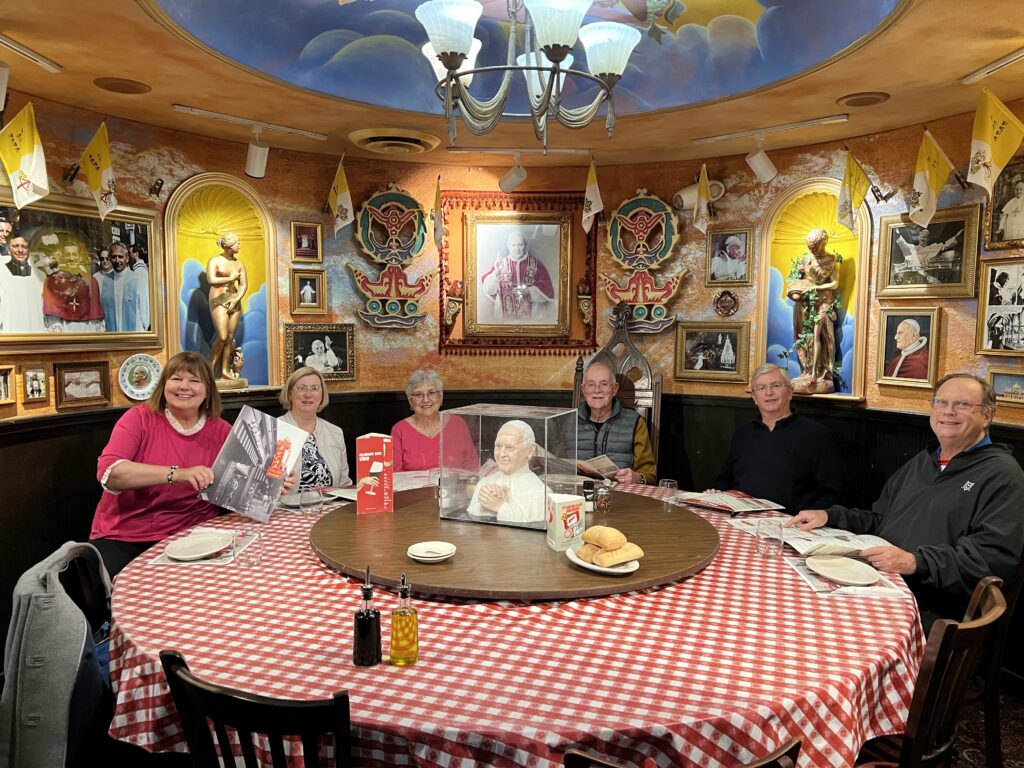
The indigenous people who lived in the Sacramento area included the Nisenan and other Maidu tribes, who dominated the region for thousands of years before the arrival of European settlers1. These tribes lived as families in small huts made of willow tree saplings and played a significant role in the history and culture of the Sacramento area1.The city of Sacramento has a rich and diverse history, influenced by the interactions between Native American tribes, Spanish explorers, and subsequent settlers during the California Gold Rush and beyond3.
Overall, the Sacramento River provides a range of outdoor recreational opportunities, making it a popular destination for boaters, anglers, and nature enthusiasts seeking to explore the natural beauty and diverse ecosystems of Northern California.
Pony Express
The Pony Express was a mail delivery service that operated from April 3, 1860, to October 26, 1861, between Missouri and California13. It was a relay system that used horse-mounted riders to deliver mail and reduce the time for messages to travel between the east and west US coast to about 10 days134.
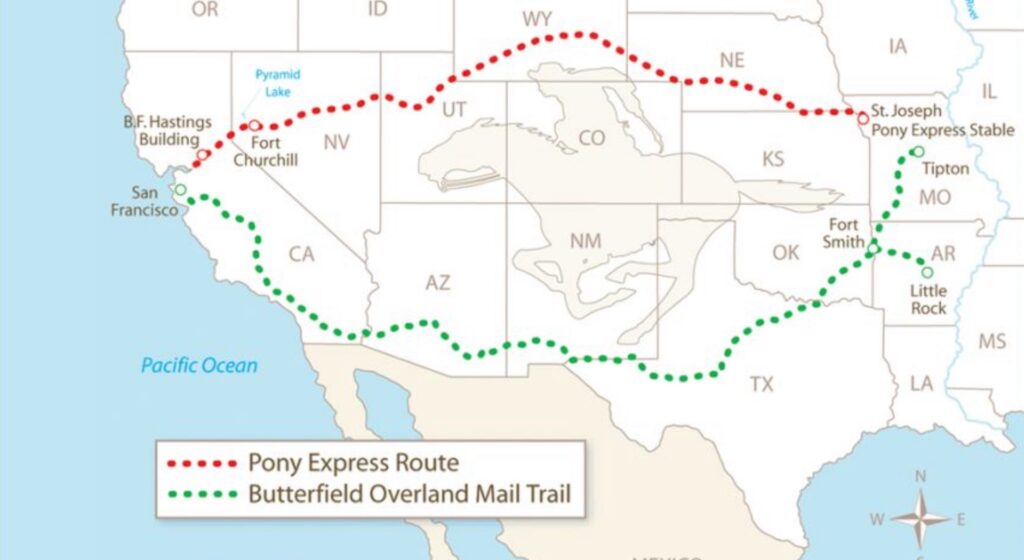
The Pony Express had over 190 stations along its route, with riders changing horses every 10 to 15 miles13. The service was operated by Russell, Majors, and Waddell, who hoped to win an exclusive government mail contract, but that did not come about1. The Pony Express became synonymous with the Old West and has achieved a cherished role in American lore5.
The Sacramento-San Francisco route of the Pony Express is part of the Pony Express National Historic Trail5. To find out more about the Sacramento Pony Express, one can visit the Pony Express National Historic Trail website3. The website provides information about the history and culture of the Pony Express, including its route, stations, and riders. It also offers resources for experiencing the trail, such as maps, guides, and events3.
First Transcontinental Railroad
The First Transcontinental Railroad was a continuous railroad line constructed between 1863 and 1869 that connected the existing eastern U.S. rail network at Council Bluffs, Iowa, with the Pacific coast at the Oakland Long Wharf on San Francisco Bay24.
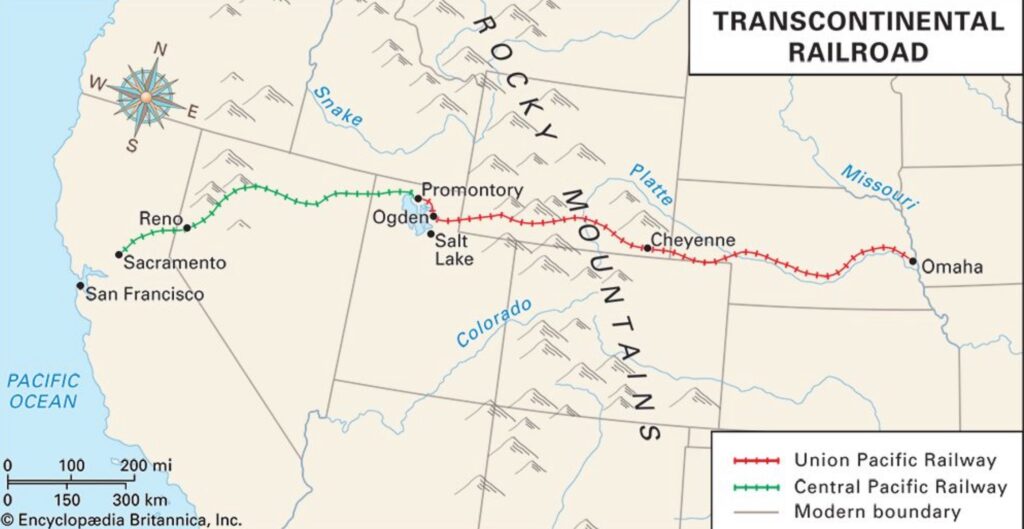
The rail line was built by three private companies over public lands provided by extensive US land grants24. The Central Pacific Railroad Company of California (CPRR) and Union Pacific were the two main companies that built the railroad34.
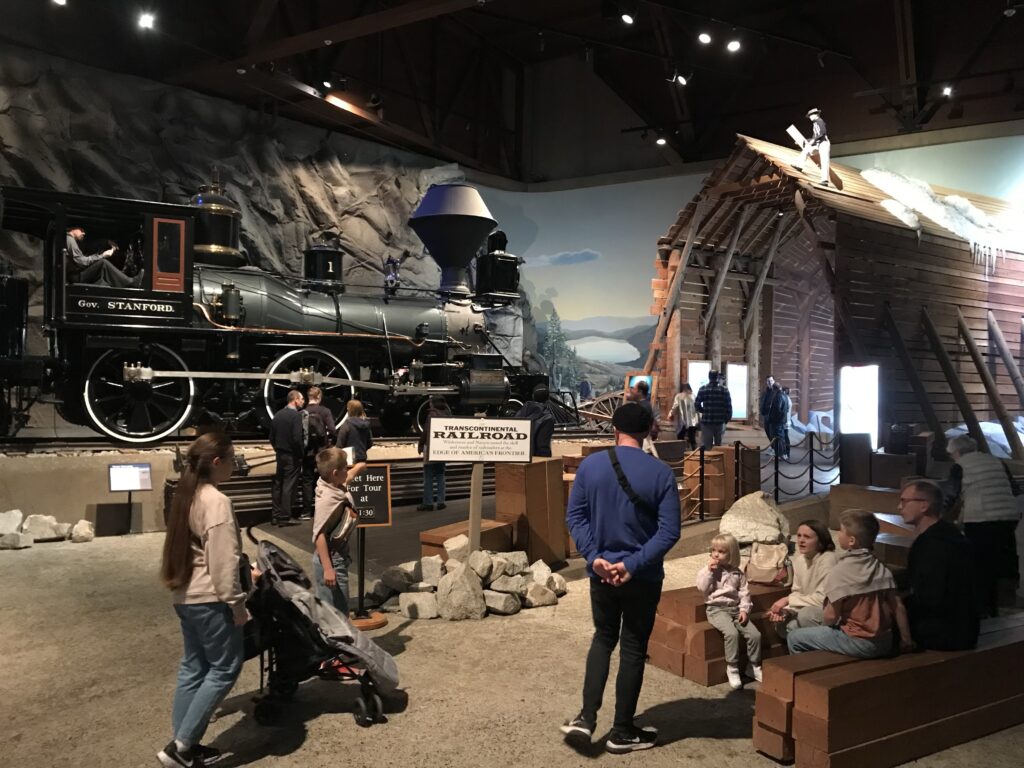
The Sacramento-San Francisco route of the First Transcontinental Railroad is part of the Pony Express National Historic Trail5. To find out more about the Sacramento First Transcontinental Railroad, one can visit the Roseville location of the First Transcontinental Railroad1. The location provides a useful map and information about the history and location of the First Transcontinental Railroad.
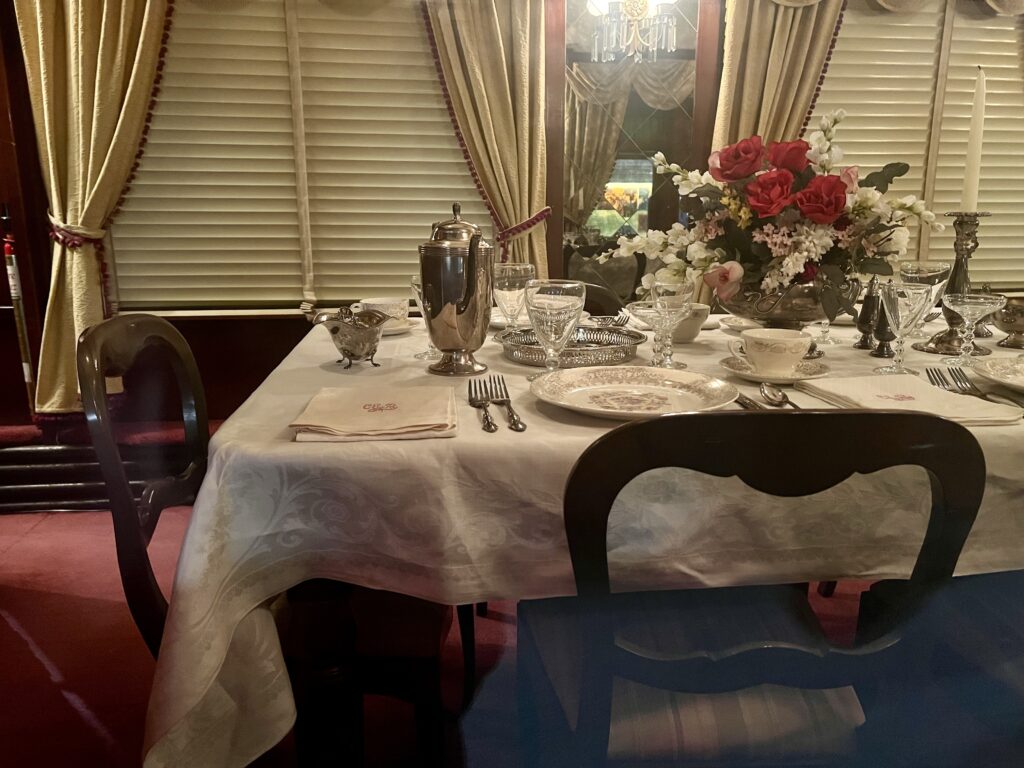
The Central Pacific Railroad was a rail company chartered by the U.S. Congress in 1862 to build a railroad eastwards from Sacramento, California, to complete the western part of the “First transcontinental railroad” in North America45. The Central Pacific Railroad was headquartered in Sacramento and played a significant role in the city’s development12.
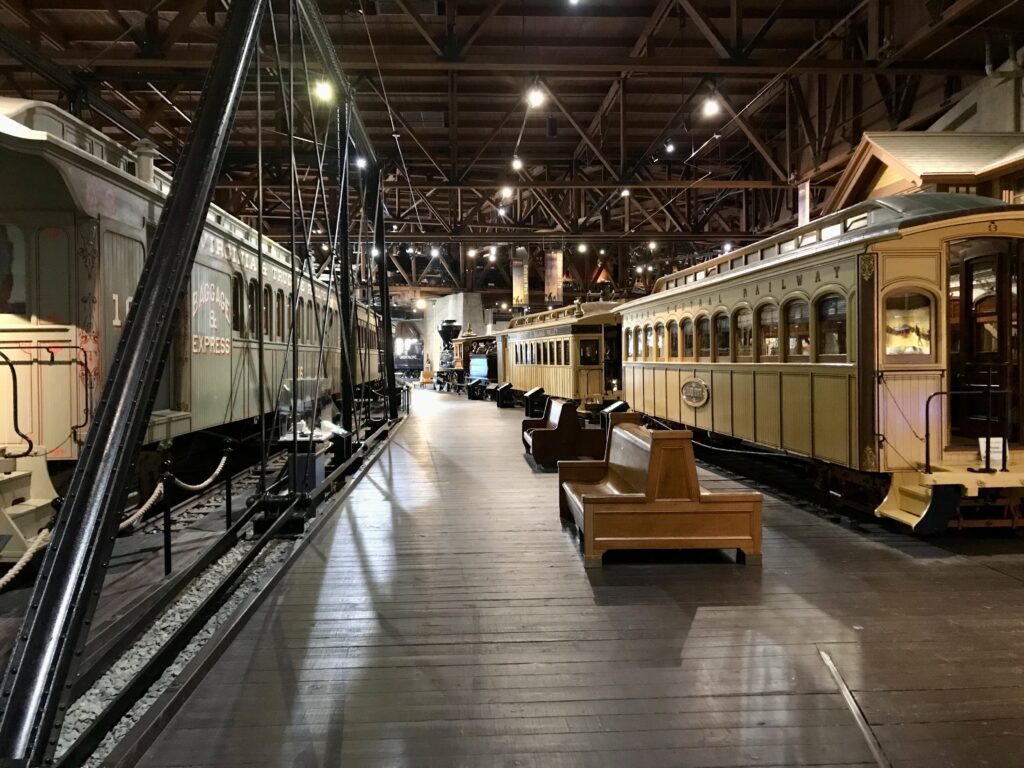
The company was founded by a group of California merchants known as the “Big Four,” which included Collis P. Huntington, Leland Stanford, Mark Hopkins, and Charles Crocker34. The Central Pacific Railroad began laying track eastward from Sacramento in 1863 and hired thousands of Chinese laborers to help build the railroad35. The crew had the formidable task of laying the track that crossed the rugged Sierra Nevada mountain range, blasting nine tunnels to accomplish this35.
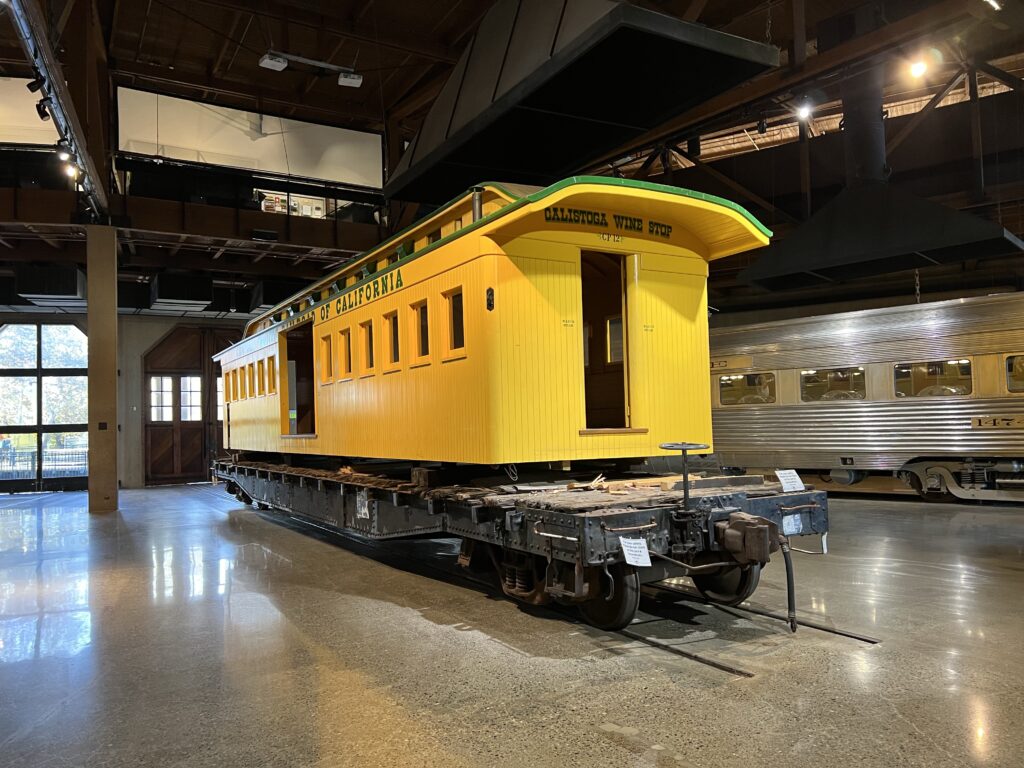
The Central Pacific Railroad was leased by the Southern Pacific Railroad in 1885 and remained a corporate entity until 1959 when it was formally merged into Southern Pacific5. Amtrak has a station in Sacramento, the Sacramento Valley Station, which serves as a hub for Amtrak’s Capitol Corridor, California Zephyr, and Coast Starlight routes2. The Coast Starlight train crosses the Sacramento River upon arrival in Sacramento and the American River upon departure from the city.
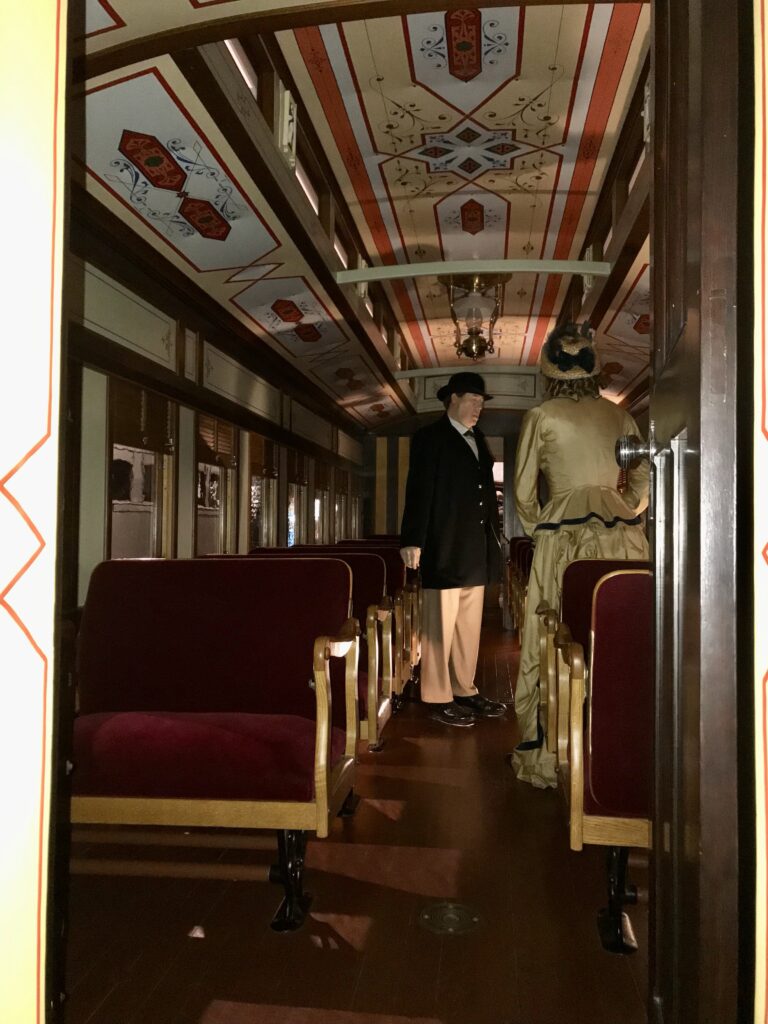
One can also visit the website of the Library of Congress4. The website provides articles and essays about the history of railroads and maps, including the Transcontinental Railroad. It offers a detailed account of the railroad’s construction, its impact on the West, and the people and companies involved in building it.
Ship Canal
The ship canal to Sacramento, also known as the Sacramento Deep Water Ship Channel, was built to improve navigation and transportation on the Sacramento River2. The canal was authorized by the River and Harbor Act of 24 July 1946 and was completed by the United States Army Corps of Engineers in 19632.
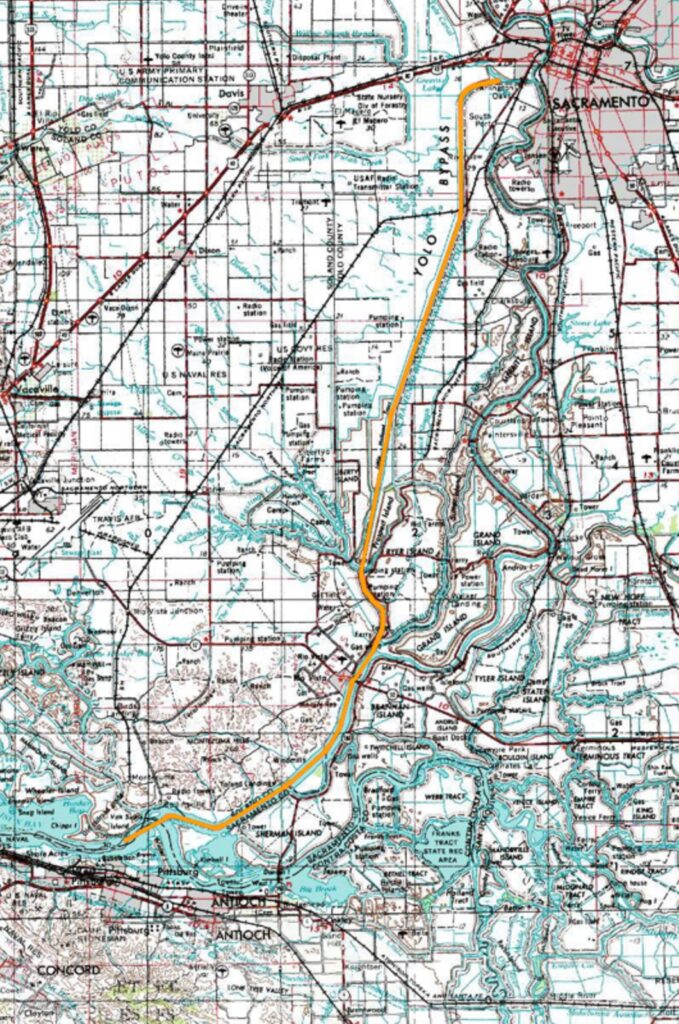
The canal is about 30 feet deep, 200 feet wide, and 43 miles long2. The canal connects the Port of Sacramento in West Sacramento to the Sacramento River, which flows into San Francisco Bay2. The canal is used for shipping agricultural products and other bulk goods2. Unfortunately, container ships require 35 feet of debt and there isn’t enough funding available from the Port of Sacramento to match Federal funds that have been made available to do so.
Over the years, the canal has undergone several modifications and improvements, including the construction of a weir and closure structure in the Sacramento Deep Water Ship Channel1. The lock to the Sacramento River was closed in 2013 due to structural issues and has not been reopened since1. The closure has affected the shipping industry and has led to increased transportation costs for goods1.
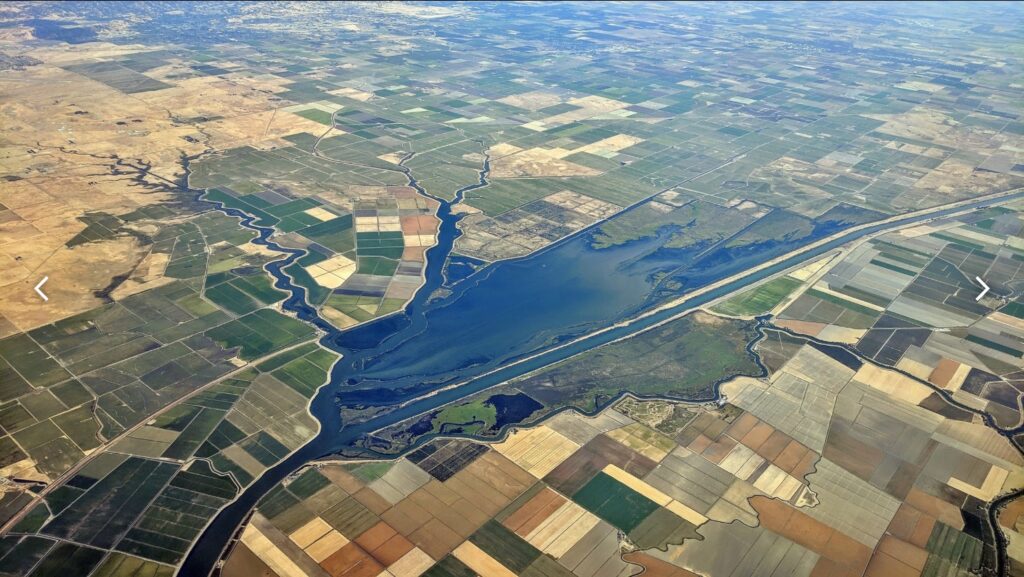
The Sacramento Deep Water Ship Channel has provided several benefits over time. The channel was built to improve navigation and transportation on the Sacramento River, which has led to transportation cost savings for shippers1. The channel has also increased flood protection in the area26. The channel has been used for shipping agricultural products and other bulk goods, which has contributed to the economic development of the region13.
The channel has also been used for boating and recreation, which has increased the value of the channel for the community6. The Sacramento Deep Water Ship Channel is a low-use, deep-draft project authorized to maintain a 30-foot deep channel for the upper 43 miles of an 80-mile long ship channel5.

In Sacramento, the sun shines bright,
Tourist season brings a wondrous sight.
Beneath the dome, history unfolds,
A city rich in stories, legends untold.
Cal Expo’s lively, with events galore,
A place where excitement always has more.
The yacht club beckons, by the river’s flow,
Boaters and dreamers, a tranquil tableau.
Nature preserves, a haven so serene,
Where lush landscapes paint a vibrant scene.
Hikers and birders, in awe they roam,
Amidst the beauty, they find a new home.
Boarding Amtrak, the Coast Starlight awaits,
A journey to Seattle, through scenic gates.
Sacramento’s charm, a treasure to behold,
A city of culture, history, and stories untold.
Attractions
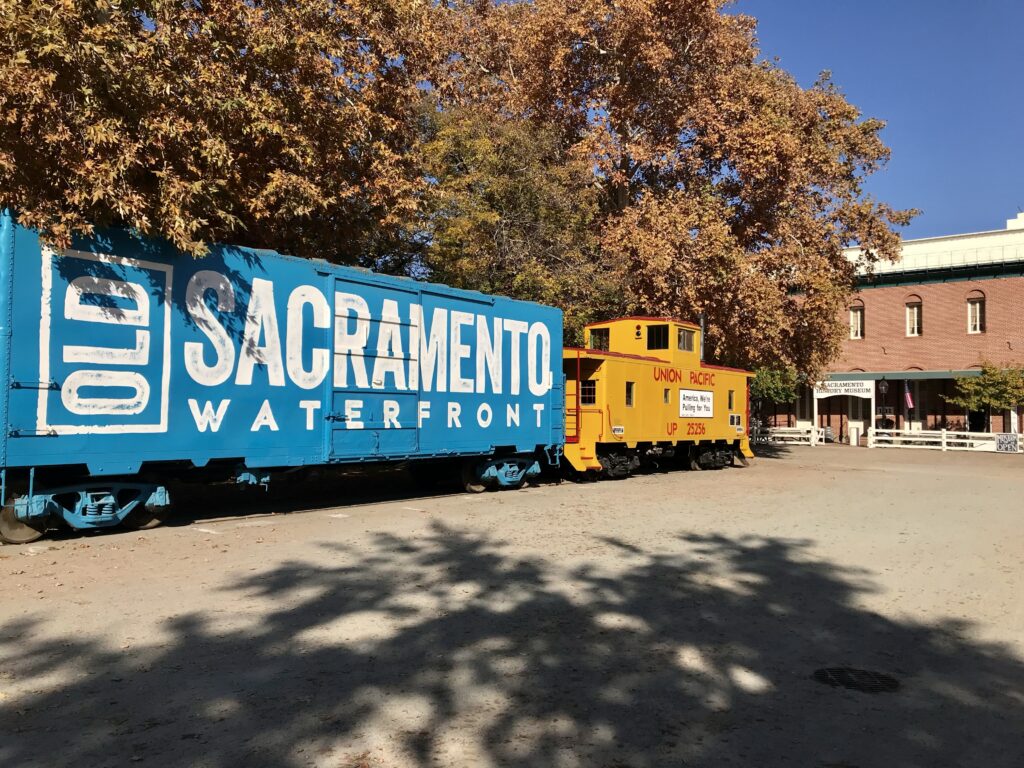
The Sacramento Yacht Club (SYC) is a premier destination for recreational boaters in the Sacramento region. It offers over 100 boat slips set in picturesque landscape, providing a scenic and convenient location for boating enthusiasts3. The club is known for its vibrant boating community and offers various amenities and services for its members, including social events, boating activities, and a welcoming environment for individuals and families passionate about boating and water activities3.
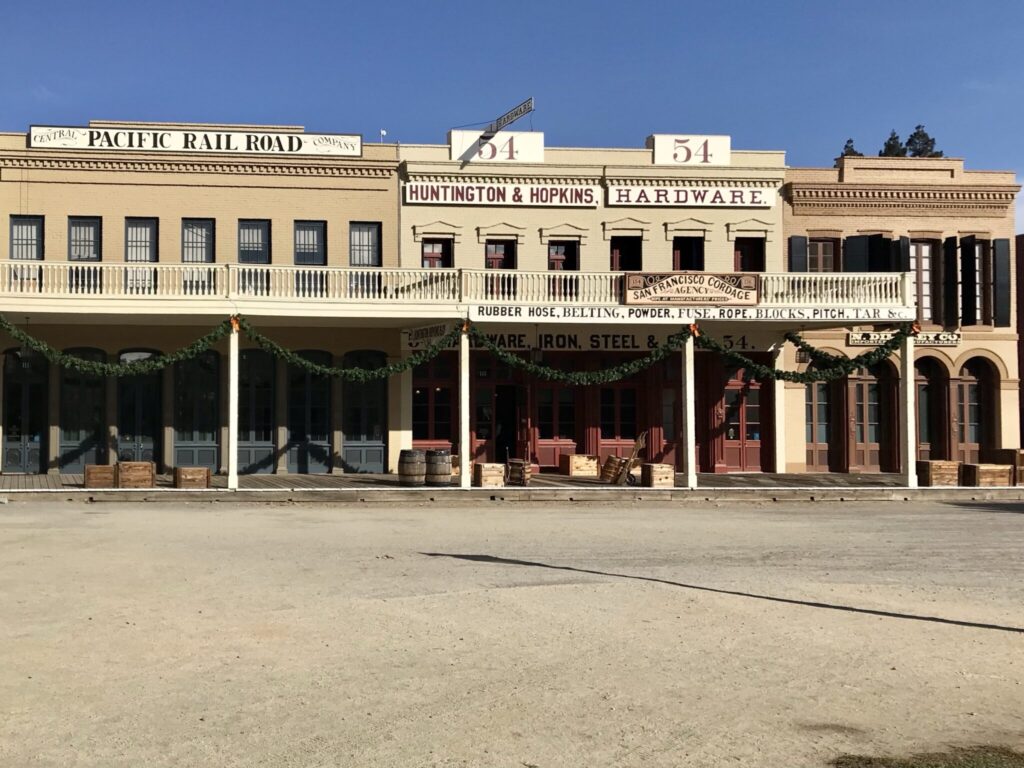
Additionally, there are Sea Scout ships in the Sacramento area, offering young men and women aged 14-21 the opportunity to learn maritime skills, safety, teamwork, and community service while enjoying camaraderie on the water46. Sea Scout Ship 550 is located in Sacramento and provides an adventure for boys and girls aged 14 and over, offering them the chance to tour vessels and experience the excitement of maritime activities4.
Another Sea Scout ship, the SSS Morris, is also located in West Sacramento, providing a unique opportunity for young individuals to engage in nautical experiences and learning5.
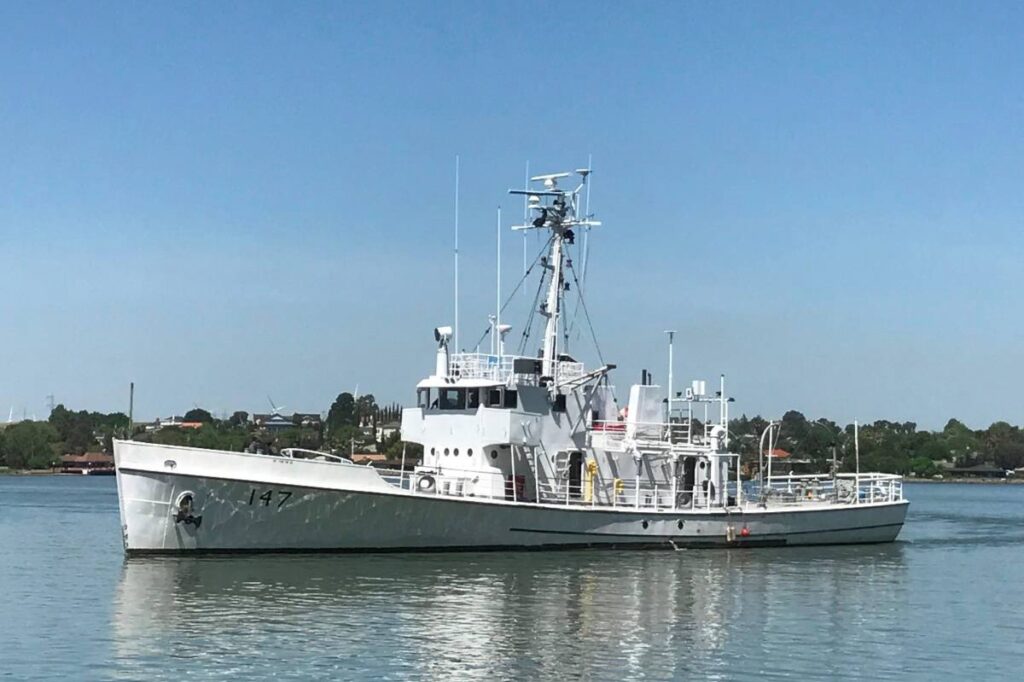
see history
These Sea Scout ships offer a valuable platform for youth to develop maritime skills, leadership, and teamwork while fostering a love for the water.
Some popular tourist attractions in Sacramento include:
- California State Railroad Museum
- State Capitol
- Crocker Museum of Art
- Old Sacramento
- Sutter’s Fort State Historic Park
- California Automobile Museum
- Fairytale Town
- Sacramento Zoo
- California State Indian Museum State Historic Park
- Midtown
- American River Bike Trail/Jedediah Smith Memorial Trail
- McKinley Park
- California Museum
These attractions offer a diverse range of experiences, from exploring the city’s history and art to enjoying outdoor activities and family-friendly attractions. Whether visitors are interested in history, art, nature, or outdoor recreation, Sacramento has something to offer for everyone.
There is a world heritage site near Sacramento. The Sutter’s Fort State Historic Park is a world heritage site located in Sacramento1. The park is a historic landmark that was built in the 1840s by John Sutter, a Swiss immigrant who played a significant role in the California Gold Rush3. The park is a living history museum that offers visitors a glimpse into life in the 19th century1. The park features several historic structures, including the central building, which served as a trading post, and the blacksmith shop, which was used to repair wagons and tools1. The park also offers guided tours, living history demonstrations, and special events throughout the year1. The Sutter’s Fort State Historic Park is a popular attraction for tourists and history buffs, and it is considered an important part of California’s history13.
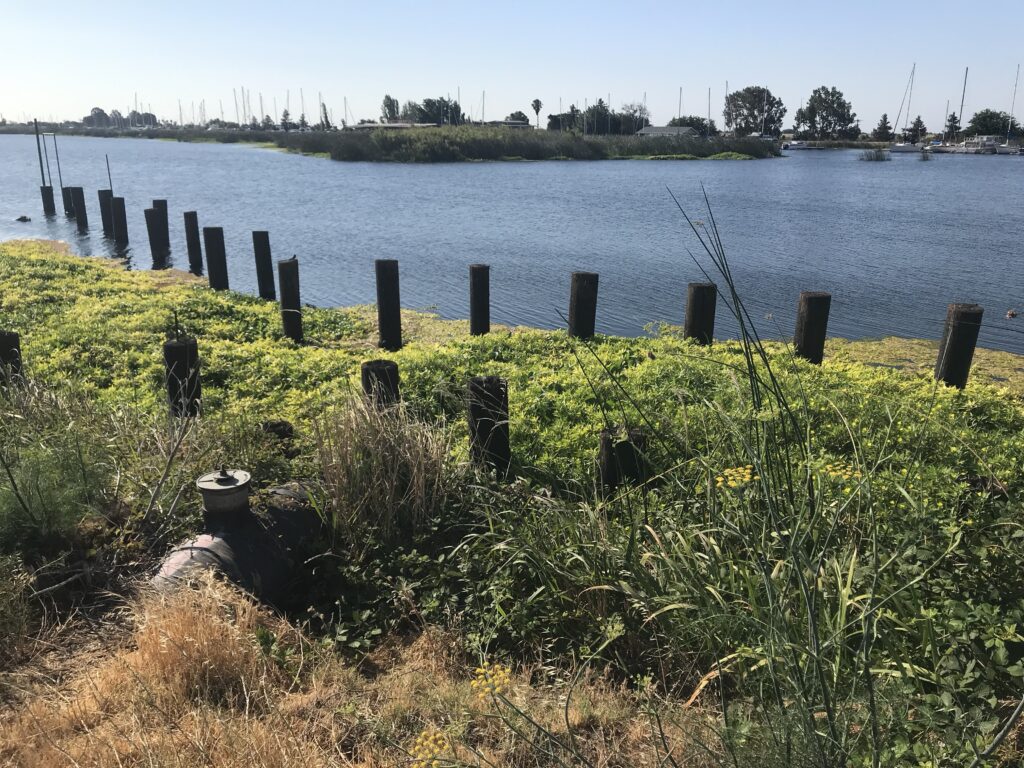
The Sacramento-San Joaquin River Delta, also known as the California Delta, was designated as a National Heritage Area on March 12, 2019. This designation was part of the John D. Dingell Jr. Conservation, Management, and Recreation Act, making it the first National Heritage Area in California.
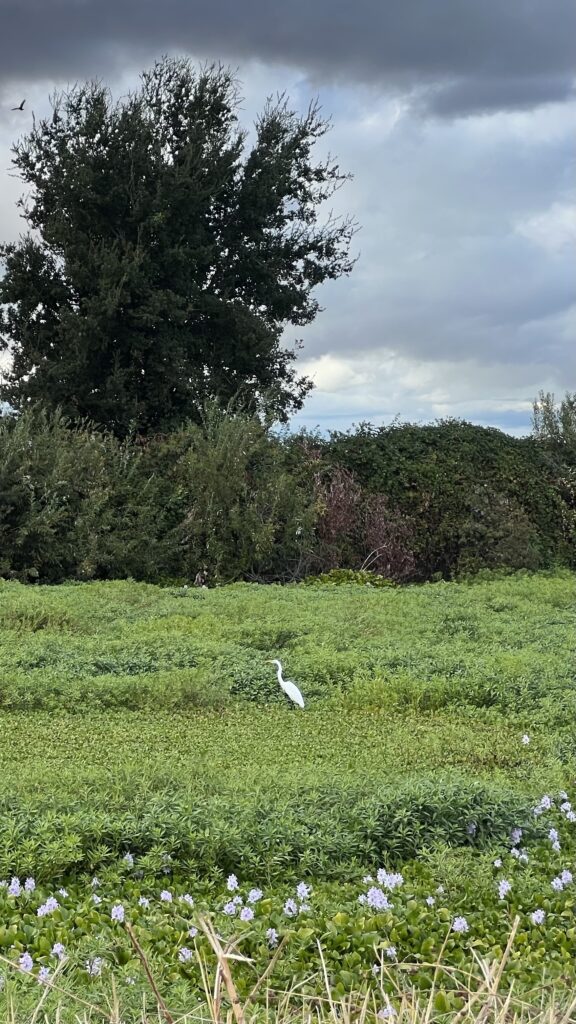
The Delta is recognized for its historical, cultural, and environmental significance, and it is managed by the Delta Protection Commission.
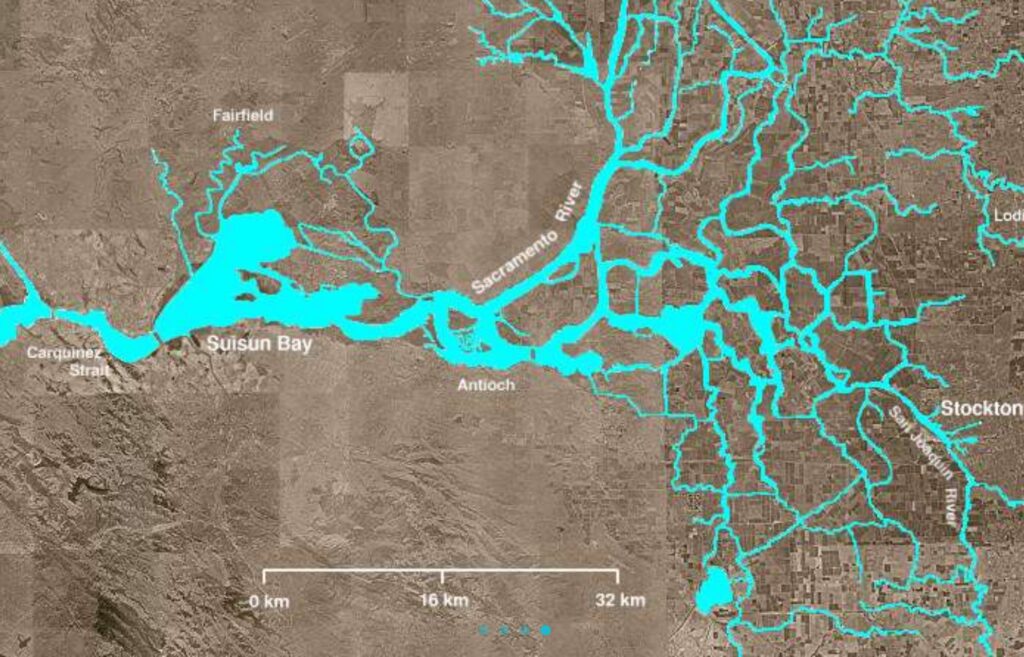
The area lies at the junction of California’s two largest rivers, the Sacramento and San Joaquin, and is known for its rich tapestry of indigenous peoples, immigrants, natural beauty, wildlife, and engineering marvels. The Delta offers a variety of recreational activities, including birding, boating, biking, and fishing, and it is committed to economic development, heritage tourism, and the preservation of the region’s unique architecture.
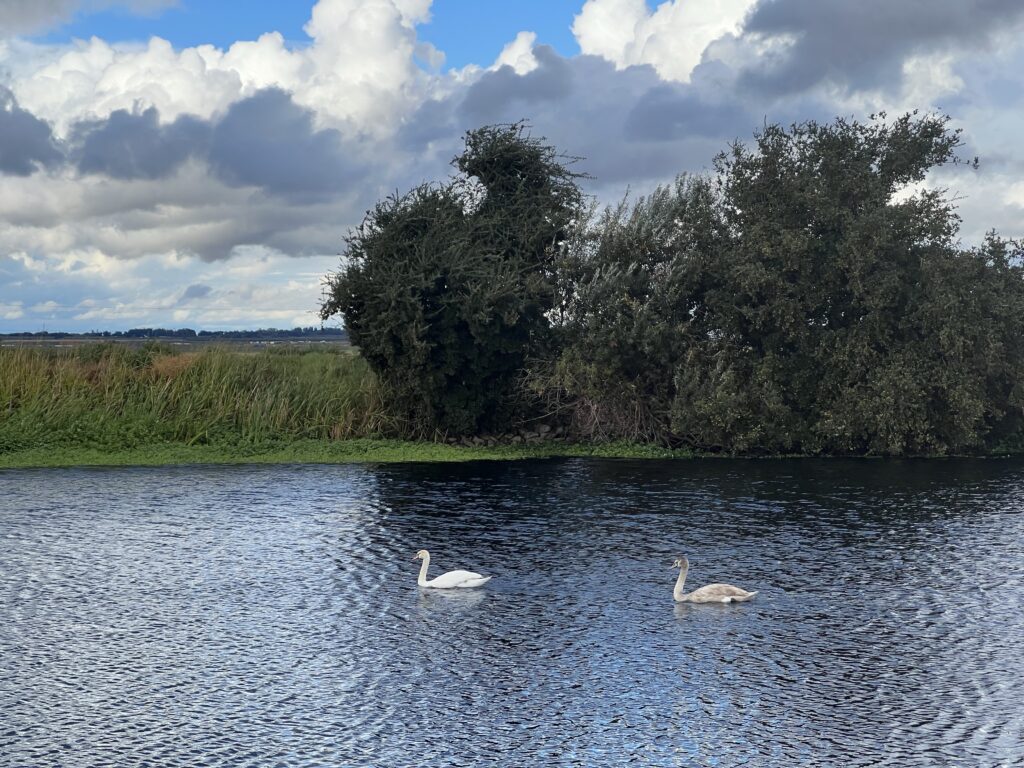
The designation of the Sacramento-San Joaquin River Delta as a National Heritage Area underscores its importance and value as a significant cultural and natural landscape.
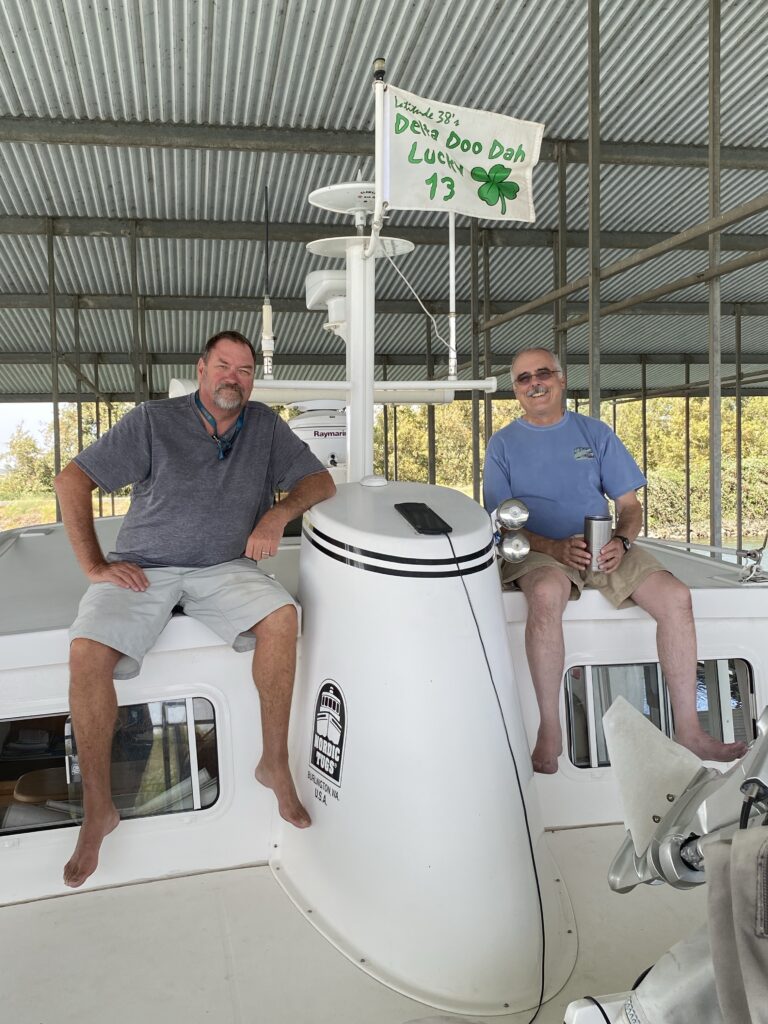
There are rodeo events in and around Sacramento. The Folsom Pro Rodeo, one of the oldest rodeos in California, is held nearby and offers family fun, fireworks, and rodeo action1. In Sacramento itself, the Golden 1 Center hosts the Professional Bull Riders (PBR) event, where the top 35 bull riders in the world compete24. This event, known as “The Toughest Sport on Dirt,” features a man versus beast duel that lasts eight seconds. The PBR event is held annually, with the next one scheduled for February 3 – 5, 20232.
Additionally, the Equipment Expo & Rodeo is hosted by the City of Sacramento in William Land Park. This event includes various games designed to show off skill and promote teamwork, such as a Lawn Mower Obstacle Course, Leaf Blower Accuracy Game, Event Set-Up Challenge, and Timed Tree Planting Challenge8.
Please note that the schedule and availability of these events may vary, so it’s recommended to check the official websites or contact the event organizers for the most accurate and up-to-date information.
Prisons
There are two prisons located near Sacramento in the city of Folsom: Folsom State Prison (FSP) and California State Prison, Sacramento (SAC).
Folsom State Prison, located at 300 Prison Road, Represa, CA 95671, is California’s second oldest prison and one of the nation’s first maximum-security prisons built after the California Gold Rush1. It primarily houses Medium Security General Population Level II and Level III male inmates, as well as Minimum Security Level I male inmates within a minimum security facility located just outside of the main security perimeter1. The prison offers rehabilitative programs, including academic courses and career technical education, provided through Folsom’s Greystone Adult School1.
California State Prison, Sacramento, located at 100 Prison Road, Represa, CA 95671, is a male-only state prison that shares the property with Folsom State Prison, Folsom Women’s Facility, and California Prison Industry Authority2. It serves the public by safely and humanely housing maximum and high-security offenders, as well as those requiring specialized mental health programming and high-risk medical concerns2. The prison provides rehabilitative opportunities through educational programming, vocational training, self-help programs, and mental health treatment2.
Both prisons are located approximately 20 miles northeast of the state capital of Sacramento35.
Beer
Sacramento, California, is home to a vibrant craft beer scene with more than 50 local breweries operating in and around the city. Some of the notable breweries include El Dorado Brewing Co., Fair Oaks Brew Pub, Flatland Brewing Company, Track 7, Bike Dog, and Ruhstaller1. Other breweries that have been highly recommended include Oak Park Brewing Company, Alaro Craft Brewery, Urban Roots Brewing & Smokehouse, Moksa Brewing, Big Sexy Brewing Co., Big Stump Brewing Co., and Tower Brewing Co. 3513.
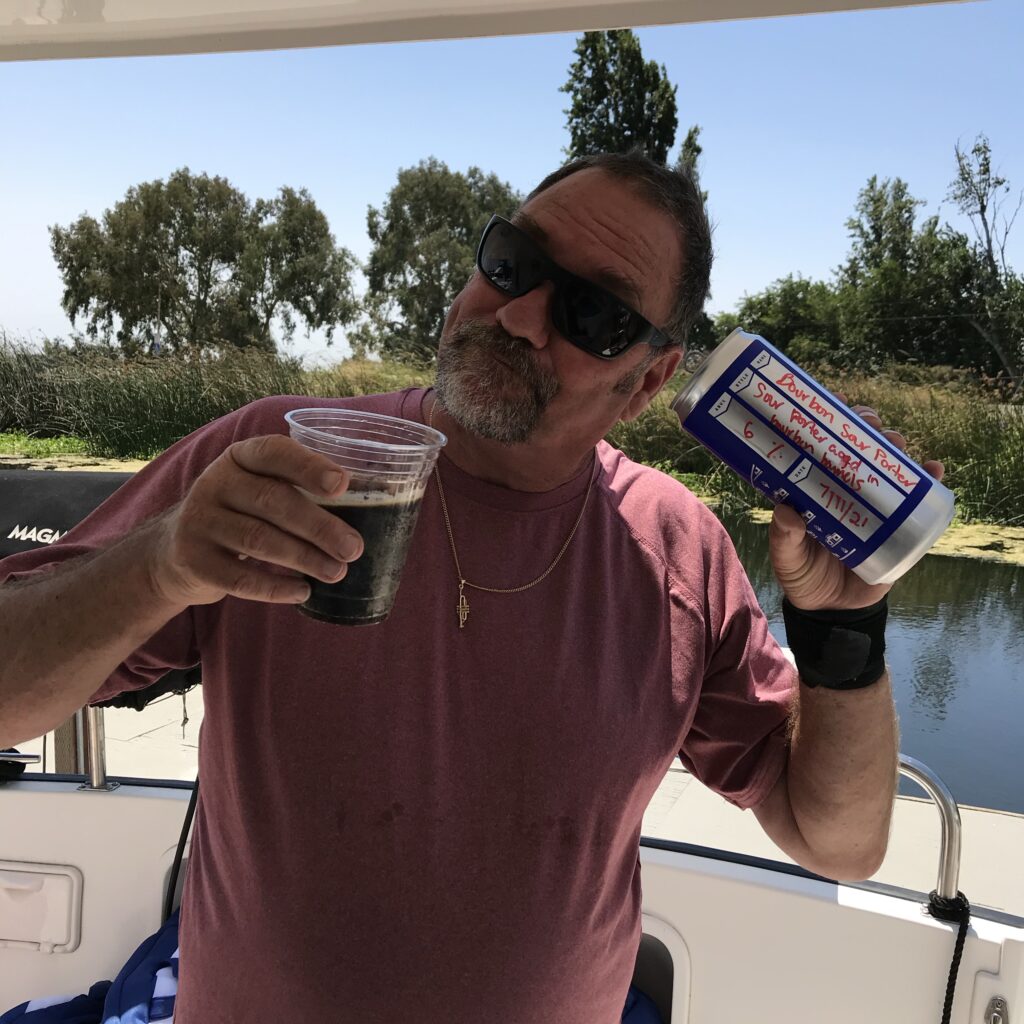
As for pub crawls, Sacramento hosts a variety of events throughout the year. Eventbrite lists several pub crawl events, including the Ugly Sweater Pub Crawl2. Other themed pub crawls include the Tacos & Margs Crawl®, the Halloween Bar Crawl, and the Onesie Bar Crawl412.
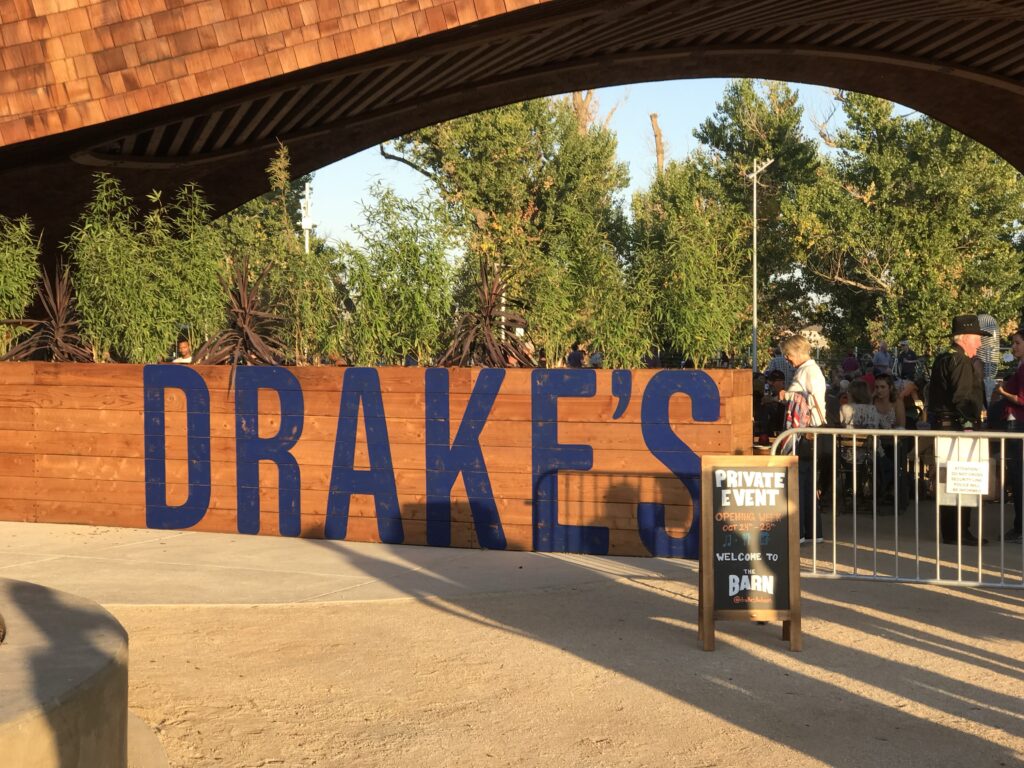
The route for the Ugly Sweater Pub Crawl includes several locations such as Pete’s Restaurant & Brewhouse, La Cosecha, Soloman’s Vinyl Diner, Dive Bar, KBar Underground, and Tiger Lounge6.Please note that the availability of pub crawls may vary, and it’s recommended to check the specific event details online for the most accurate and up-to-date information.
Some of the most popular beer brands in Sacramento include:
- Device Brewing Company: Known for its unique brews and a favorite among locals2.
- New Glory Craft Brewery: Famous for its chewy pale ale named Gummy Worms2.
- Knee Deep Brewing: Although not based directly in Sacramento, it’s well-known in the area for its Breaking Bud Beer, a true West Coast IPA2.
- Sierra Nevada Brewing Co.: A well-known brand that helped spearhead the beer revolution in the 1980s2.
- Moonraker: Highly recommended by local beer enthusiasts4.
- Urban Roots Brewing & Smokehouse: Known for its exceptional brews4.
- Moksa Brewing: Recognized for its variety of lagers, especially kölschs7.
- Track 7: A stalwart Sacramento brewery that has been around for more than a decade6.
- Bike Dog: Another long-standing Sacramento brewery that continues to thrive6.
These breweries offer a wide range of beer styles, from hop-forward IPAs to velvety stouts and crisp lagers, showcasing the artistry of fermentation5. They are part of the reason why Sacramento is considered a destination for beer lovers6.
Note: A hop-forward beer is one where the flavor is predominantly coming from hops, which are the fluffy, pine-cone shaped flowers, or cones, of a plant called Humulus lupulus. Hops are used in beer for their preservative qualities, to add balance and bitterness, and a host of different, delicious flavor contributions. Hops can be herbal and peppery, impart resiny notes of grapefruit and pine, intense tropical fruit notes like melons and pineapple, or even flavors like vanilla. A hop-forward beer has hops added at multiple stages of the brewing and fermentation process. Some bittering hops are added early on to add balance, and various additions later on to add even more hop aromas and flavors. The final impression you’re left with as a drinker is a beer filled with hop notes of tropical fruit, citrus, and pine with just a subtle undercurrent of malt1.


